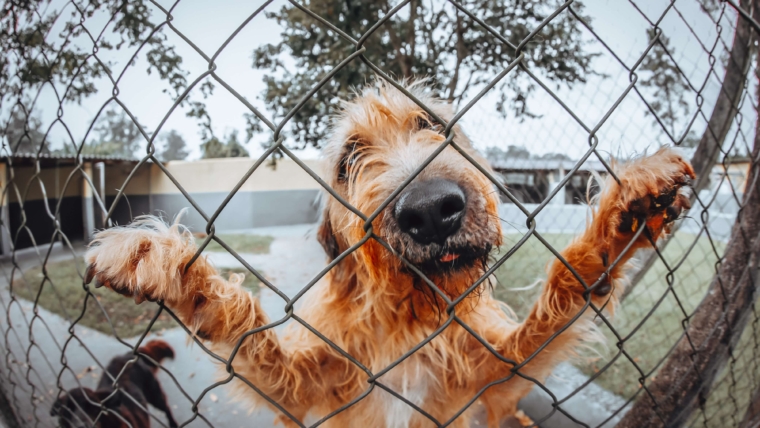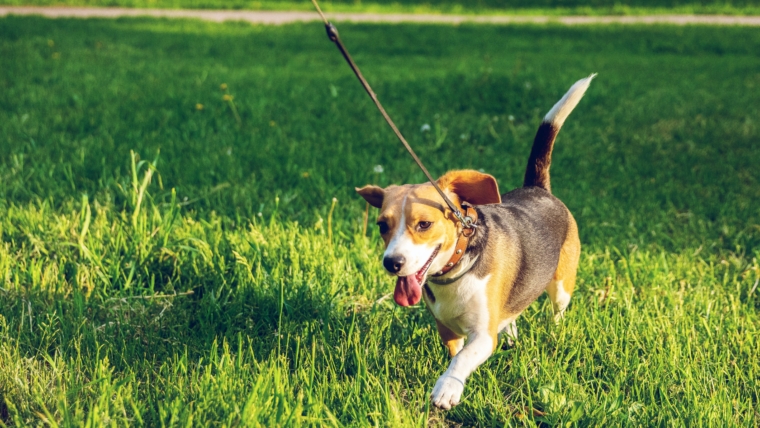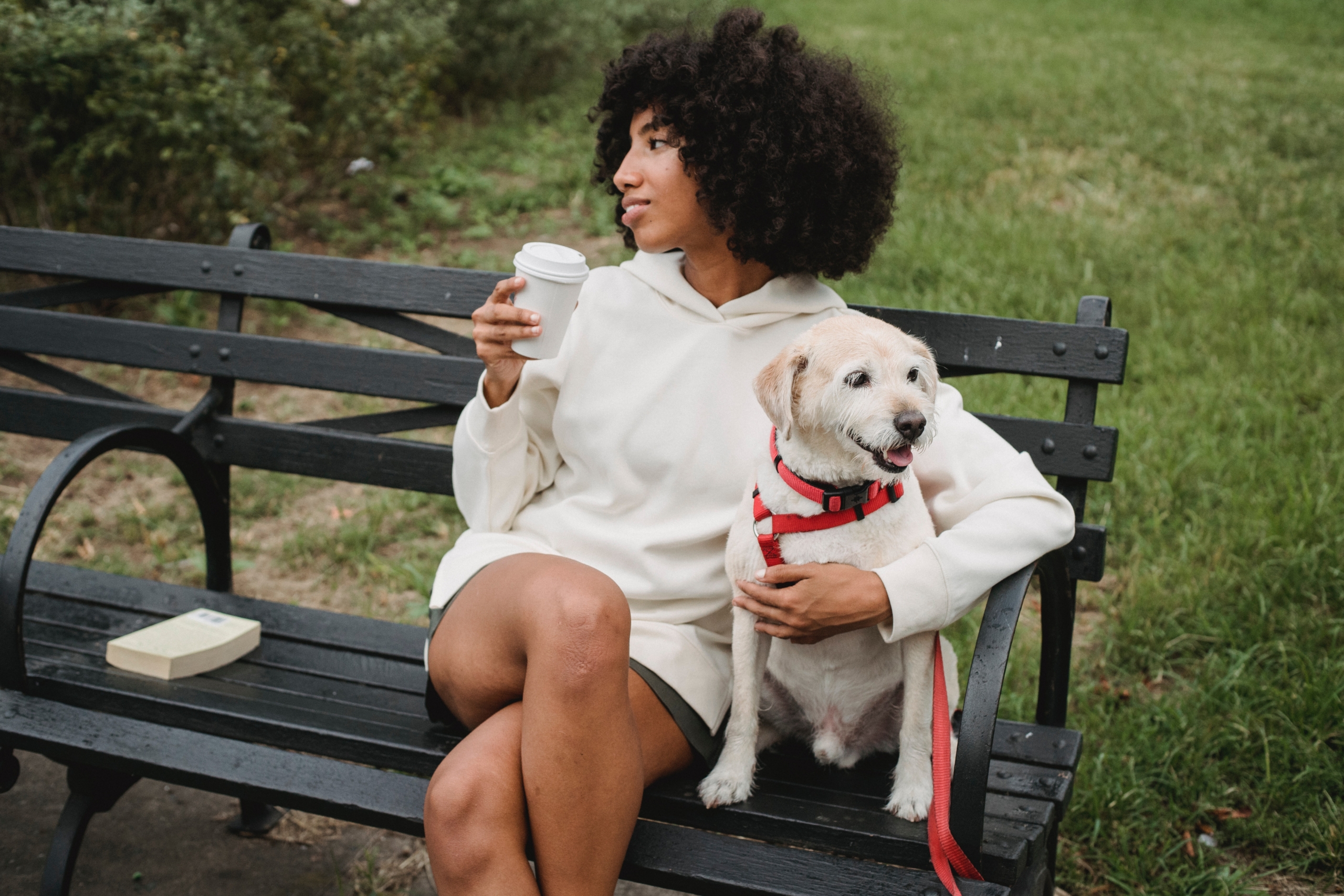For many of us, being a pet parent doesn’t seem too different from being a parent to a human child. Just as children do, our fur babies look to us for nourishment, love and shelter, and we want to ensure that we can provide that for them.
While nourishment doesn’t seem incredibly complicated and our love for them is far from forced, the 3rd factor, shelter, can seem a little tricky.
If your animals have been limited to the extent of your home, their little adventures around the street can be alarming. They are often at risk of getting lost, injured, frightened or even stolen in some cases.
Realistically, fences and high walls aren’t always enough to keep our pets safe- as they can all be put to shame by something as simple as an open gate. Thus, taking a few extra measures will ensure that you’re prepared for almost anything.
To help you out, we’ve compiled a list of 5 simple ways to keep your pets safe.
1. Secure your garden

While this may seem like the most obvious step, it is one not too frequently thought about in-depth. Your pet most likely roams around your garden without a leash and is, therefore, able to explore all the nooks and crannies that you would not have thought about.
This means that the tiny holes in your fence that you’ve postponed fixing create the perfect opening for a little stroll down the lane.
Make sure that your garden is escape-proof. Your brand new fence may seem secure, but it won’t when you realize that your dog has chewed its way through or tunneled its way under, or once you see your cat sunbathing on the barbed wire that strategically tops your wall.
Choose a fence that’s sturdy, unchewable and tall, and make sure to fix any possible routes they could wiggle their way through- especially if you have smaller animals.
2. Take them for walks

Who’s more likely to get lost, a local who knows an area like the back of their hand, or an unfamiliar tourist? Needless to say, it is the latter.
Walking around in an unknown area can be nerve wrecking for anyone, but a little confidence in knowing which direction home is can go a long way.
Apart from exercise, think of walking your pets as a way of giving them a chaperoned tour around your neighborhood. When they’re on a leash, you’ll be able to safely guide them around without having to worry about them running off.
Seeing that many animals are often riddled with fear when around moving vehicles, regular walks could also teach them how to handle themselves on busy streets.
In addition to that, walking your pet would also give them the chance to interact with other animals and people on the street, making them less likely to attack the unknown.
Thus, walks are a great way to reduce the dangers of independent adventures.
3. Give them a tag

Collars and tags are an almost universal sign that an animal has a home. This way, if your pet ever does make its way out of your house and onto the streets, there’s the chance of someone realizing it’s lost, and helping it get back home.
Apart from a name, an informative tag should include an address as well as a contact number.
4. Get them chipped

While collars and tags are great, they are often prone to being taken off- be that by a human or a combination of teeth and claws, we cannot say, but it certainly is a temporary solution. Microchipping pets is a controversial topic, but the procedure is clinically approved of and provides a safe and reliable way to store your pet’s information.
The microchip is about as small as a single grain of rice, and is easily injected under the skin between your pet’s shoulder blades. The procedure is often compared to getting vaccines, and doesn’t even require any anesthetic.
Each microchip has its own unique identification code that can be read by a scanner, allowing people to access the information they’d need to bring your pet back home. To learn more, check out our article on why you should microchip your pets.
5. Get them sterilized

Much like teenagers, your pets are also subjected to rises in hormone levels that can often affect their demeanor- an urgency to sneak out being one of them. Giving in to their biological instincts, your pets are likely to try and leave the vicinity more when they are in heat seeing that they need to mate.
Male animals will do just about anything to mate, which means that they’ll most probably find one way or another to leave your house to do so- an endeavour that often leads to fights. Thus, neutering them gives them less of a reason to do so.
On the other hand, females in heat are bound to attract any males in the neighborhood, which can often lead to injury and unwanted pregnancy. Seeing that you wouldn’t want to be stuck with a litter and no child support, spaying will ward off the males in the area.
By getting them sterilized, otherwise known as spaying for females and neutering for males, you’ll be able to keep them safe as well as avoid a plethora of health complications.
Overall, worrying about a pet’s safety is something any fur parent can empathize with, and as we’ve come to the end of our 5 ways to keep your pets safe, we hope that you’ve found a couple of ways to make it a little easier.


